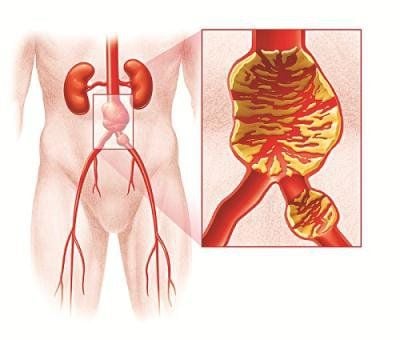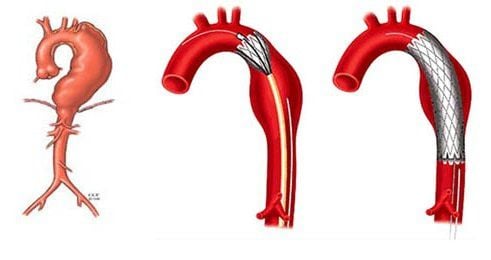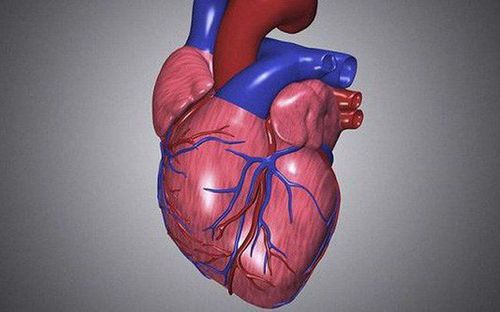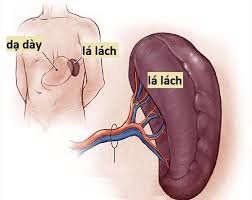This is an automatically translated article.
Aortic dissection, also known as aortic dissection, is known as an aortic catastrophe with a frequency of 5-30 cases per 1 million people per year. With a mortality rate of about 1%/hour for the first 48 hours. Why is aortic dissection dangerous? Please read through the following article.1. What is aortic dissection?
Aortic dissection, also known as aortic dissection, is an aortic disaster with a frequency of 5-30 cases/1 million people/1 year.This is a condition in which the intima and medial layers of the aorta rupture, blood flows between the arterial layers and dissections them to form a pseudoluminal lumen. With the pressure of the blood flow the arterial layers will continue to dissect along the artery and they can further tear the arterial endothelium.
Despite many advances in diagnosis and treatment, aortic dissection is still a deadly disease with a high mortality rate. Up to 21% of cases die before hospitalization.
If untreated about 23% of cases die in the first 6 hours, 50% die within 24 hours, 68% die within 1 week. The easy-to-remember number is that mortality increases by approximately 1%/hour during the first 48 hours.
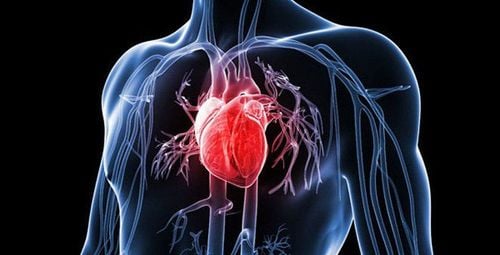
Bóc tách thành động mạch chủ là bệnh lý chết người với tỷ lệ tử vong cao
2. Why is aortic dissection dangerous?
The aortic wall is very stable to ensure that it can withstand high pressure continuously throughout a person's life (that is, arterial blood pressure). Pathologists have studied and shown that the aortic wall is composed of 3 layers of organization with different histological properties (named 3 layers: outer, middle and inner). These three layers blend together into a solid sheet that is the artery wall. If for some reason this unified structure is damaged, the bearing capacity is threatened, which can cause serious and unpredictable complications.One of the most dangerous diseases is aortic dissection: The inner layer is torn, high pressure blood flows between the layers, causing the artery wall to split in two leading to consequences such as:
rupture causes death from hemorrhagic shock (like a rupture of a main water pipe) Anemia in the organs due to the dissection of the vascular wall and the filling of the feeding openings.
3. Dangerous complications of aortic dissection
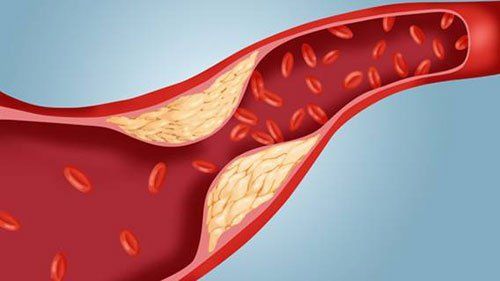
Xơ vữa động mạch là yếu tố nguy cơ thường gặp gây lóc thành động mạch
Break through the free wall of the false lumen: Usually directly related to the original tear: Break into the pericardial cavity compressing the heart, breaking into the cavity pleural, mediastinal... Acute aortic regurgitation: Appears in 50% of ascending aortic dissection cases, due to dissection in the middle of the supporting organization for the aortic valve, can lead to to severe congestive heart failure. Compression on important arterial branches: Due to dissection extending into the lateral branches or the torn endothelium pressing on the foramen. Clinical diversity: cerebral stroke, paralysis of the lower extremities, hypertension due to renal failure, ischemia, myocardial infarction. Secondary dilatation and rupture. The disease is called "catastrophe" in cardiovascular diseases. The most common risk factors for aortic dissection are: Atherosclerosis, congenital disorders of the structure of the vessel wall, and hypertension. When the two factors are combined: weak vessel walls and high blood pressure, it will be a bomb to explode at any time if not detected and treated.
4. Symptoms of aortic dissection
The most common clinical symptom is chest pain, hemorrhagic shock when complications of broken vessel wall are often difficult to cure; loss of carotid and extremity vessels when the holes in these vessels are damaged, the patient may manifest in severe degree as hemiplegia, coma, acute limb ischemia; ischemia of intra-abdominal organs causes acute abdominal pain and distention - this manifestation is very dangerous because bowel necrosis often leads to death.Aortic dissection surgery is very difficult and lengthy because it has to deal with many dangerous lesions in combination. Moreover, the anastomosis must be performed on the background of the aorta with purulent inflammatory disease, which is very difficult. Usually the time to stop bleeding anastomosis is quite long, postoperative bleeding is one of the most variable causes of aortic dissection surgery. The mortality rate, the types of complications of surgery are among the highest in heart surgery, the hospital stay is long and the recovery time is long, and the treatment costs are huge.
5. Emergency surgery as soon as possible
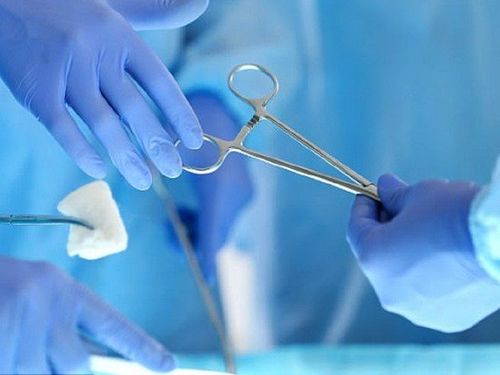
Phẫu thuật lóc tách động mạch chủ type A là một trong những phẫu thuật nặng nề, phức tạp nhất của mổ tim
Next, the surgeon will cut along the sternum, widening the ribcage to expose the heart and aorta. The damaged thoracic aorta and the heart will be isolated from the circulatory system, a special solution is pumped into the coronary artery system to stop the heart and protect the heart muscle during surgery. Strategies to protect other organs (brain, kidneys, intestines...) must also be calculated very carefully. Injuries to be treated include: Replace or repair the heart valve, replace the torn thoracic aorta with an artificial vessel, re-plug the coronary artery and its branches that feed the brain. The surgery can last for dozens of hours, requiring a lot of blood and medicine.
For the best treatment results, you need to regularly remind patients to have periodic health checkups and to treat them from the time they have symptoms of low blood pressure. Control risk factors for the disease, especially hypertension. Early screening if any of the above risk factors are present and immediately if there are symptoms such as chest pain, fainting (fainting), weakness or numbness...
Currently, the Vinmec International General Hospital system is one of the few medical facilities implementing Stent-Graft technique to successfully treat many large aortic aneurysms in elderly patients with many complicated comorbidities. In addition, Vinmec's Cardiology Department has always received much praise and satisfaction from domestic and international customers, being pioneers in successfully applying the world's most advanced techniques in the treatment of diseases. Heart.
A team of highly qualified and experienced specialists: qualified doctors from Master's to Professor's and Doctor's degrees, reputable in medical treatment, surgery, interventional cardiac catheterization. Intensive training at home & abroad. In particular, Prof. TS.BS Vo Thanh Nhan - Cardiology Director of Vinmec Central Park was recognized as the first and only expert in Vietnam to be awarded the "Proctor" certificate on TAVI. State-of-the-art equipment, comparable to major hospitals in the world: The most modern operating room in the world; The most modern silent magnetic resonance imaging machine in Southeast Asia; The CT machine has a super-fast scanning speed of only 0.275s/round without the use of drugs to lower the heart rate; 16-sequence PET/CT and SPECT/CT systems help to detect early damage to cardiovascular organs even when there are no symptoms of the disease. Applying the most advanced advanced cardiovascular techniques in the world in treatment: Painless open heart surgery; Percutaneous aortic intervention without general anesthesia; Treatment of mitral regurgitation through the catheter has a success rate of 95%; Ventricular-assisted artificial heart transplantation for patients with end-stage heart failure prolongs quality of life beyond 7 years. Cooperating with leading cardiovascular centers in Vietnam and the world such as: National Heart Institute, Cardiology Department of Hanoi Medical University, University of Paris Descartes - Georges Pompidou Hospital (France), University of Pennsylvania (France), University of Pennsylvania United States)... with the aim of updating the most modern cardiovascular treatments in the world. To be examined and treated with leading Cardiologists, customers please book an appointment online at the website or contact Vinmec Health System for service.
Please dial HOTLINE for more information or register for an appointment HERE. Download MyVinmec app to make appointments faster and to manage your bookings easily.





